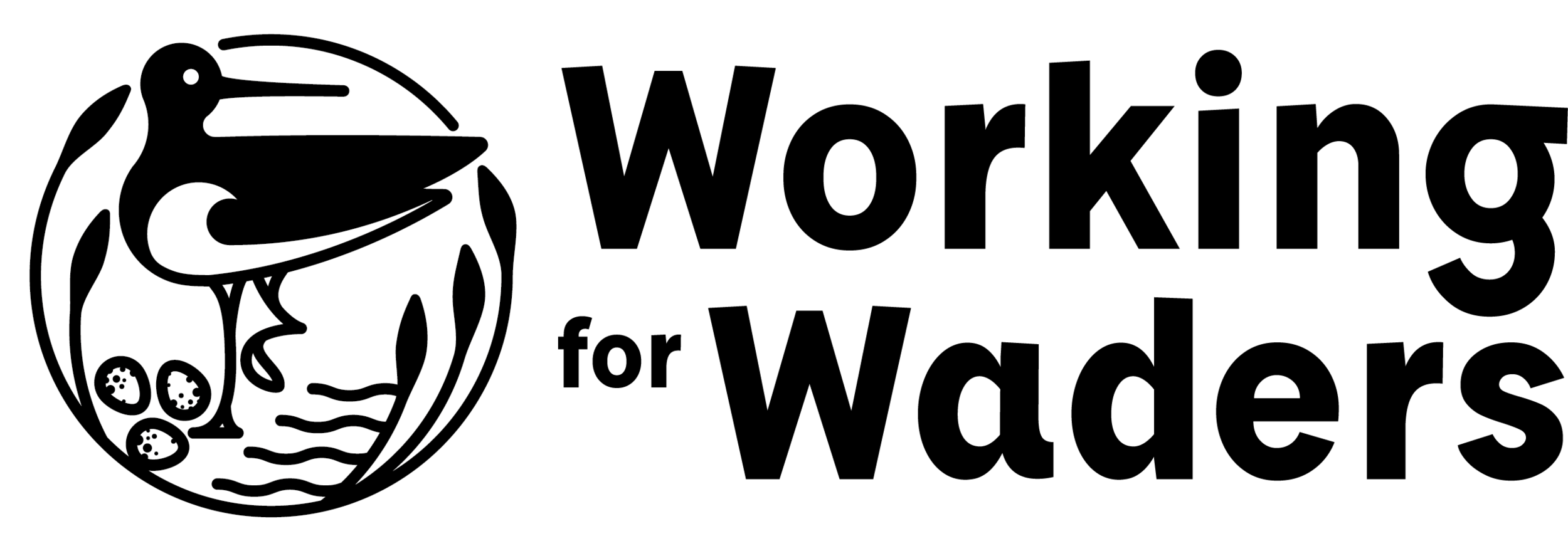Nest Camera Updates
The Working for Waders nest camera project is starting to wind down for the year after a busy wader breeding season across Scotland. Thanks to support from a range of farmers, gamekeepers and crofters working everywhere from Galloway to Shetland, we were able to record a number of wader breeding attempts, finding out more about the day-to-day challenges of laying eggs, incubation and hatching young birds. We know that many of the problems which waders face often stem from challenges around breeding productivity, so the nest camera project formed an important part of our attempts to find out more.
It’s still too soon to extract any hard data from this project; some cameras are still running on late nests and second-sittings, but it’s clear that the birds face a far wider range of issues than were apparent at the start of the project. Some nests were damaged, abandoned or destroyed after slurry spreading and ploughing, while others were trampled by cattle or disturbed by sheep. The project has also raised some interesting questions about the significance of recreational disturbance, particularly in places which farmers and gamekeepers regarded as quiet or wholly undisturbed.
Issues around predation formed another important strand of the project, and striking footage of curlew eggs being stolen by both stoats and foxes have served as a useful tool to open up conversations about predator control. Other wader nests were raided by badgers, and this adds another perspective on the impact of predators more generally in the countryside. Elsewhere, rats and carrion crows played a part in nest failures, and there is no doubt that seeing these situations unfold at first hand on video clips and images makes for compelling viewing.
At the same time, the cameras also uncovered some more successful nesting attempts. Cameras captured a brood of beautiful golden plover chicks hatching out in the Galloway Hills during early June, and intimate footage of lapwing and oystercatcher chicks made for some encouraging viewing. There is still so much to come from this important project, particularly as we look to roll it into the 2022 breeding season. However for now, it’s worth saying thank you to everybody who has taken part in this year’s project so far.

